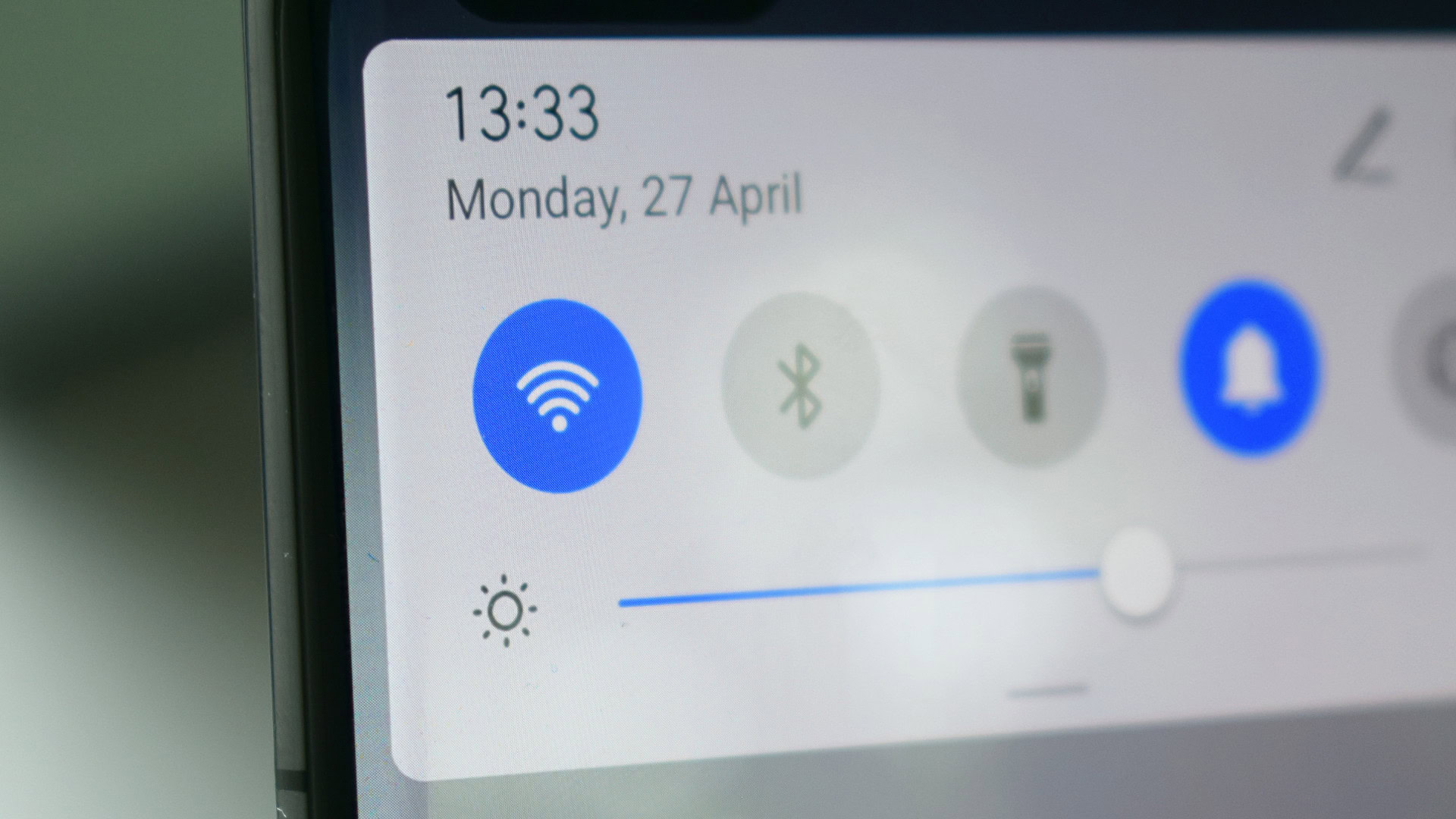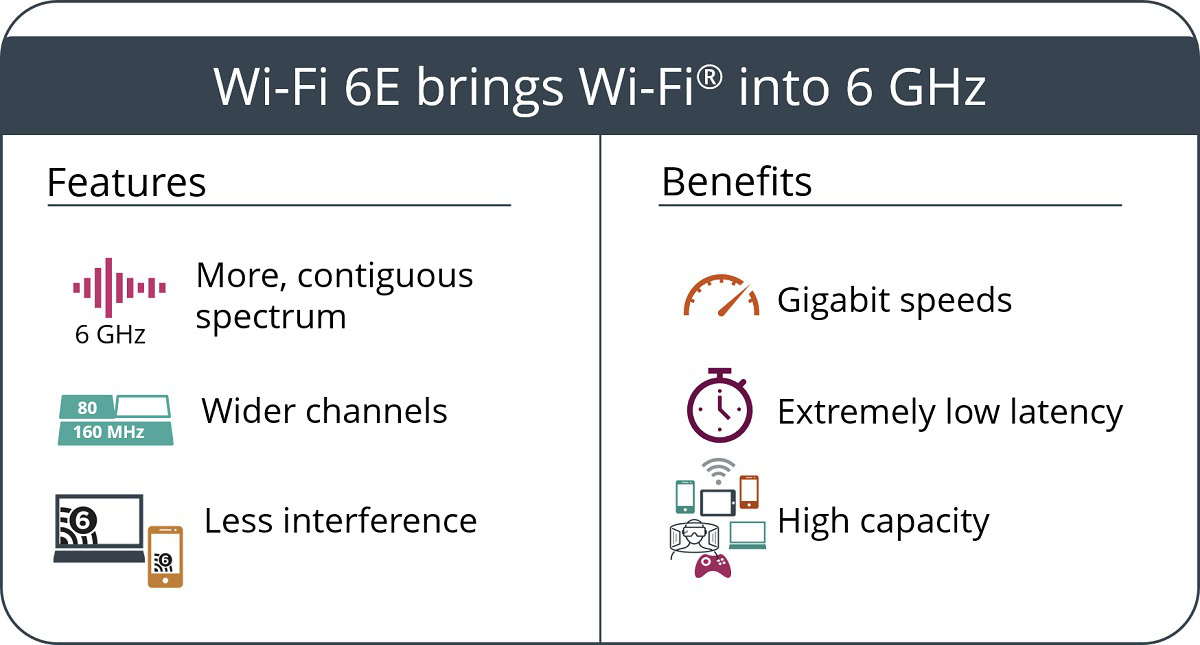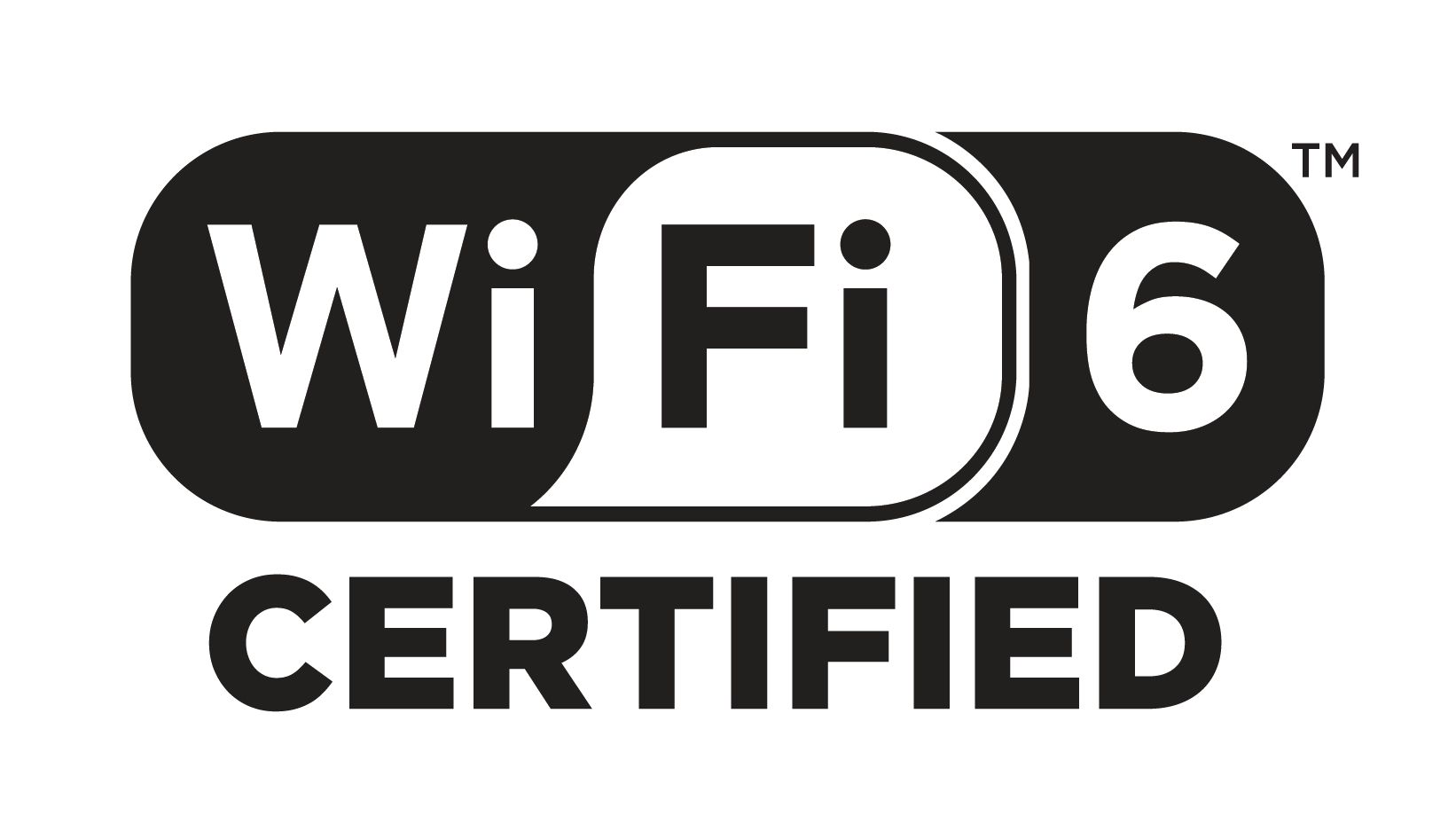Affiliate links on Android Authority may earn us a commission. Learn more.
What is Wi-Fi 6E and unlicensed 6GHz spectrum?

In January 2020, the Wi-Fi Alliance announced a new standard for upcoming wireless equipment known as Wi-Fi 6E. On April 23, the Federal Communications Commission ratified unlicensed use of the 6GHz radio frequency spectrum in the USA, opening the door for the use of the Wi-Fi 6E standard. Now in 2021, we have our first smartphones and routers sporting Wi-Fi 6E compliant technology.
Previously, the 6GHz spectrum has been reserved for licensed use only, but this quickly changing. The move to unlicensed means that any device can use the spectrum, so long as they’re using it responsibly. 6GHz unlicensed spectrum will predominantly be used by Wi-Fi 6E devices, but carriers may also use it to boost their 5G networks. Samsung’s Galaxy S21 Ultra was the first smartphone to launch sporting Wi-Fi 6E technology.
What is Wi-Fi 6E?
In a nutshell, Wi-Fi 6E is Wi-Fi 6 (also known as 802.11ax or AX Wi-Fi) but operating in the 6GHz spectrum rather than classic 2.4GHz and 5GHz bands. It’s simply an expansion of the existing standard. This means that it benefits from technologies like MU-MIMO congestion reduction, OFDMA and transmit beamforming to improve efficiency, as well as out-of-the-box support for the WPA3 security. But the main benefit of 6E is the addition of extra bandwidth and channel options.
Wi-Fi 6E using the 6GHz radio band for Wi-Fi opens up 1,200MHz of extra bandwidth, a boon for high congestion areas such as public places. This bandwidth is split into 14 80MHz channels or seven 160MHz channels at once. Unlike existing Wi-Fi channels that are currently crammed into around just 400MHz of spectrum, 6E channels exist without overlap or interference. This should improve stability.
Although the spec itself isn’t any faster, the move to 6GHz with minimal interference should lead to improvements for network speeds, potentially in excess of 1Gbps real-world speeds. Latency should also be lower due to no channel contention, with estimates down to just 1ms. Handy for AR/VR use cases or streaming 8K resolution content across your living room. However much like 5GHz, 6GHz spectrum is more range and obstacle limited than 2.4GHz. Although less congestion might help in this regard.

Wi-Fi 6E is backwards compatible with existing Wi-Fi products and networks on 2.4 and 5GHz channels. It’s just that existing devices can’t use the 6GHz spectrum. Making use of the 6GHz Wi-Fi spectrum requires both a 6E labeled router and a smartphone or laptop.
The 6E standard has some trade-offs though, as it has to accommodate licensed 6GHz spectrum users too, such as carriers using it for sub-6 5G networks. The standard includes an Automated Frequency Control (APC) feature to prevent interference with licensed 6GHz users. This could add to the cost of wireless products and deployment. Although low-power indoor devices, such as your phone or VR headset you’d use in your own home, don’t require APC and won’t have to worry about interference with licensed spectrum.
How is Wi-Fi 6E different from Wi-Fi 6?

6E is an expansion of the Wi-Fi 6 standard. Originally, Wi-Fi 6 supports connections over 2.4GHz and 5GHz radio bands. That’s what your current-gen Wi-Fi router, smartphones, laptops, and other wireless devices currently support. With Wi-Fi 6E at both ends, routers and consumer devices can operate over the additional 6GHz band.
Wi-Fi 6E is the same Wi-Fi 6 standard and features, but operating in the 6GHz spectrum.
Wi-Fi 6 devices didn’t support or make use of 6GHz because it’s a regulated frequency in most countries and requires regulatory approval for use. Hence why the FCC’s decision is so important, as it will allow devices with the new standard to operate in the spectrum unlicensed in the US. The European Union has also opened up 480MHz of spectrum around the 6GHz band for Wi-Fi 6E and the like. Other countries are likely to make similar regulatory decisions in due course.
Really, the only difference between Wi-Fi 6E and Wi-Fi 6 is the addition of 6GHz spectrum support. Plus the added benefit of no legacy devices on the 6GHz band. So all devices will be speaking the same language and utilizing the latest and greatest Wi-Fi features.
Supported devices

The FCC and EU announcements will spur development in first-gen devices and we’re likely to see growing support across consumer gadgets. The Samsung Galaxy S21 Ultra and Xiaomi Mi 11 Ultra smartphones are early adopters of the technology, but it’s certainly not a universal mobile feature even in premium products quite yet.
Chipset products are already available for routers and other products too. Broadcom announced Wi-Fi 6E chipsets products for routers and access points and Qualcomm has its selection of Networking Pro products and FastConnect 6900 that support the standard. Intel is also working on its own system-on-a-chips that can be found in M.2 AX210 wireless card.
The first consumer devices, such as smartphones, are already sporting Wi-Fi 6E support and we’re likely to see a wide range of other new smartphones, laptops, as well as routers, support the standard throughout 2021 and 2022.